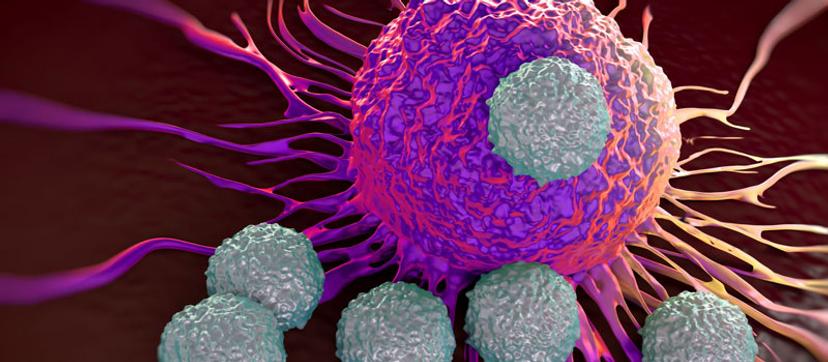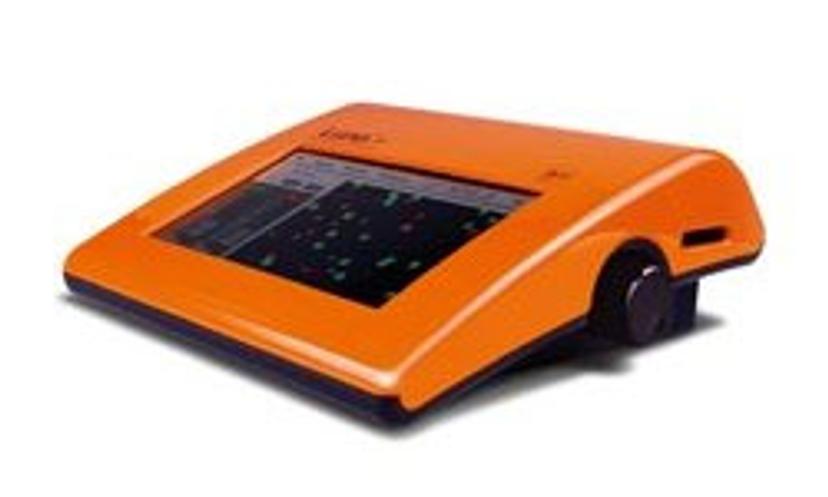The automated cell counter accelerating personalized animal immunotherapy research
Ferris El-tayyeb discusses the challenges of animal oncology, the lab equipment helping to accelerate progress towards personalized immunotherapies, and his hopes for the future
2 Dec 2019
For decades, cell counting has been a fundamental lab technique performed in a variety of research fields. Traditionally performed manually using a brightfield microscope, the process can be laborious and human error can cause data to be inaccurate. As labs have streamlined processes and technology has advanced, new equipment has been introduced to enable faster, easier and more reliable results for cell counting. In this SelectScience interview, Ferris El-tayyeb, Associate Researcher at Torigen Pharmaceuticals, discusses the team’s research on the development of personalized immunotherapies for animals and reveals the impact the LUNA-FL Dual Fluorescence Cell Counter from Logos Biosystems has had in accelerating this work.

SS: Briefly introduce yourself and your role at Torigen.

FE: My name is Ferris El-tayyeb, I am a recent graduate of the University of Connecticut and currently an associate researcher with Torigen labs’ research and development department.
SS: Tell us about Torigen’s work on personalized cancer immunotherapies for animals.
FE: Torigen Pharmaceuticals uses autologous cancer immunotherapy to create a series of ‘vaccines’ to present tumor-associated antigens back to the immune system. These vaccines produce a heightened immune response within the animal against tumor antigens and, as such, allow the animal’s own immune system to produce a response against the tumor. Currently, we are working on improving the efficacy of the adjuvant and looking at different vectors to heighten immune presentation.
SS: What are the current challenges you face with the methods that you use at Torigen, as well as the field in general?
FE: In all forms of oncological research, an issue is consistency. Cancers, in general, are so vastly different in their presentation and properties that it’s difficult to find a ‘catch-all’ treatment that all cancers respond to. This is something we think about at Torigen labs as the personalized nature of the vaccines ensures that the immune response elicited is specific to the tumor phenotype.
SS: How do you use the LUNA-FL from Logos Biosystems?
FE: We use the LUNA-FL for a variety of applications within the lab. The first example is for cell culturing to determine how many cells we have and how many flasks we should split into. Then we also use it for peripheral blood mononuclear cell (PBMC) isolation to quantify our yield and viability for R&D sample collection. Finally, we use it after processing samples to determine the effectiveness of our mechanical dissociation of the tumor.
SS: How has the LUNA-FL impacted your work?

FE: The LUNA-FL has made it dramatically easier to count cells. Before joining Torigen labs, my former laboratory would count cells under a brightfield microscope. While not impossible, solutions with high cell count make it incredibly difficult to get an accurate cell count. The LUNA-FL surmounts this by allowing you to get fast and easy cell/viability counts without the slow and tedious method of counting by hand.
SS: Would you recommend the LUNA-FL from Logos Biosystems and why?
FE: I personally would, the time saved by counting cells electronically can be better used preparing for the next step of the process of analyzing data, rather than sitting hunched over a microscope for hours on end. With an AO/PI stain, it is infinitely easier and faster than hand counting as well as giving accurate results.
SS: What do you see or hope for animal oncology in the future?
FE: There are many challenges in the field of animal oncology, much like with human oncology. Treatments are often specific and affect specific pathways within tumor types that may not be present in others. On top of this, the popular broad-spectrum treatments of chemotherapy and radiation often lead to discomfort for the animal. In the future, it would be nice to see broad spectrum personalized immuno-oncology treatments that lead to minimal discomfort, something Torigen labs is working to develop currently.
Coming soon: Early next year, Logos Biosystems will launch the newest member of the LUNA™ family, designed to build on the success of its predecessors: the LUNA-FX7™ Automated Cell Counter.
Why this cell counter is earning rave reviews from across the scientific spectrum>>
Do you use Logos Biosystems products in your lab? Write a review today for your chance to win a $400 Amazon gift card>>

